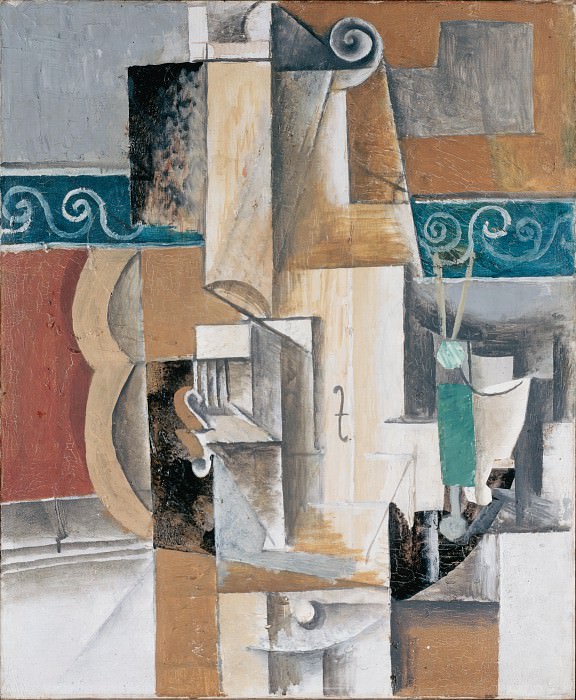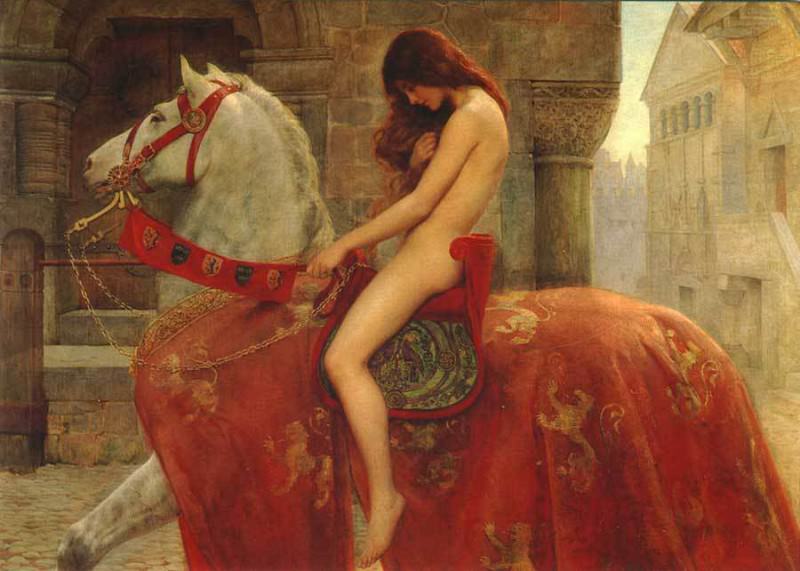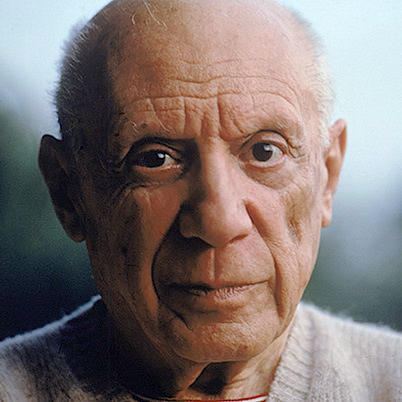William Morris: A Visionary of Art and Design
William Morris, a multifaceted figure in the world of art and design, remains a towering influence whose legacy continues to inspire. Born on March 24, 1834, in Walthamstow, England, Morris was a man of many talents: artist, writer, designer, and socialist. His contributions to the Arts and Crafts Movement and his innovative approach to design have left an indelible mark on the cultural and artistic landscape.
Early Life and Education
Morris's upbringing played a significant role in shaping his future. Coming from a wealthy family, he had the opportunity to receive a comprehensive education. He attended Marlborough College and later Exeter College, Oxford, where he met Edward Burne-Jones, a lifelong friend and collaborator. Their shared interests in medievalism and the Gothic revival were pivotal in their artistic pursuits.
The Formation of Morris, Marshall, Faulkner & Co.
In 1861, Morris, alongside Burne-Jones, Dante Gabriel Rossetti, Ford Madox Brown, and others, founded the decorative arts firm Morris, Marshall, Faulkner & Co. This enterprise was a direct response to the industrialization that Morris believed had degraded the quality of goods and craftsmanship. The firm aimed to produce handcrafted items with exceptional quality, emphasizing the aesthetic beauty and functionality of everyday objects. Their work included stained glass, textiles, wallpapers, and furniture, characterized by intricate patterns and rich, natural colors.
The Arts and Crafts Movement
Morris's philosophy was instrumental in the development of the Arts and Crafts Movement, which sought to reunite the art and craft worlds, promoting the idea that the design should enhance everyday life. He believed in the value of handcraftsmanship and the importance of the designer's role in the production process. The movement emphasized simplicity, utility, and beauty, drawing inspiration from nature and medieval art.
Textile Designs and Innovations
One of Morris's most significant contributions was his work in textile design. His patterns, inspired by the natural world, featured intricate depictions of flowers, foliage, and birds. These designs were not only aesthetically pleasing but also revolutionary in their approach to repeat patterns and color use. His mastery in dyeing techniques, particularly his use of natural dyes, set new standards in the industry. Some of his most famous patterns include "Strawberry Thief," "Willow Boughs," and "Honeysuckle."
Literature and Poetry
In addition to his visual artistry, Morris was a prolific writer and poet. His literary works reflected his socialist ideals and his longing for a return to simpler, more meaningful ways of life. His epic poem, "The Earthly Paradise," and his prose romances, such as "News from Nowhere," are notable for their medieval themes and utopian visions. Through his writing, Morris sought to convey his discontent with contemporary society and his hope for a better, more equitable future.
Architectural Influence and Preservation
Morris's influence extended to architecture and preservation. He was a passionate advocate for the conservation of historical buildings and played a key role in founding the Society for the Protection of Ancient Buildings (SPAB) in 1877. The society aimed to preserve the integrity of historic structures, opposing the then-common practice of over-restoration. Morris's approach emphasized the need to maintain the original craftsmanship and character of these buildings, a philosophy that continues to influence conservation efforts today.
Socialism and Political Activism
Morris's commitment to socialism was a central aspect of his life and work. He believed that art and beauty should be accessible to all, not just the privileged few. His political writings and speeches reflected his desire for social reform and his opposition to the exploitation inherent in industrial capitalism. Morris's involvement in the Socialist League and his numerous public lectures helped spread his vision of a society where art and labor were valued equally.
Legacy and Continuing Influence
The legacy of William Morris is vast and enduring. His holistic approach to art and design, which integrated aesthetics with functionality and social responsibility, has inspired countless artists, designers, and activists. The principles he championed in the Arts and Crafts Movement laid the groundwork for subsequent artistic movements, including Art Nouveau and the Bauhaus.
Today, Morris's designs continue to be celebrated and reproduced, a testament to their timeless appeal. Institutions such as the William Morris Gallery in Walthamstow and the Victoria and Albert Museum in London house extensive collections of his work, ensuring that future generations can appreciate his contributions.
Personal Life and Final Years
Despite his many professional accomplishments, Morris's personal life was marked by both joy and sorrow. He married Jane Burden, a model and muse for many Pre-Raphaelite artists, in 1859. Their marriage, however, was strained by Jane's affair with Dante Gabriel Rossetti, which caused Morris considerable heartache. Nonetheless, he remained devoted to his family and found solace in his work and political activities.
Morris's health began to decline in the late 1880s, but he continued to work tirelessly until his death on October 3, 1896. His passing was a significant loss to the artistic and socialist communities, but his influence lived on through his works and the many people he inspired.
Conclusion
William Morris's impact on art, design, and social thought is immeasurable. His visionary approach to integrating beauty with everyday life, his commitment to craftsmanship, and his advocacy for social justice have left a lasting legacy. Morris's belief in the power of art to transform society continues to resonate, reminding us of the importance of creativity, integrity, and the pursuit of a better world for all. Through his work, Morris demonstrated that art is not merely a luxury but a vital component of human experience, capable of enriching our lives and shaping our future.




